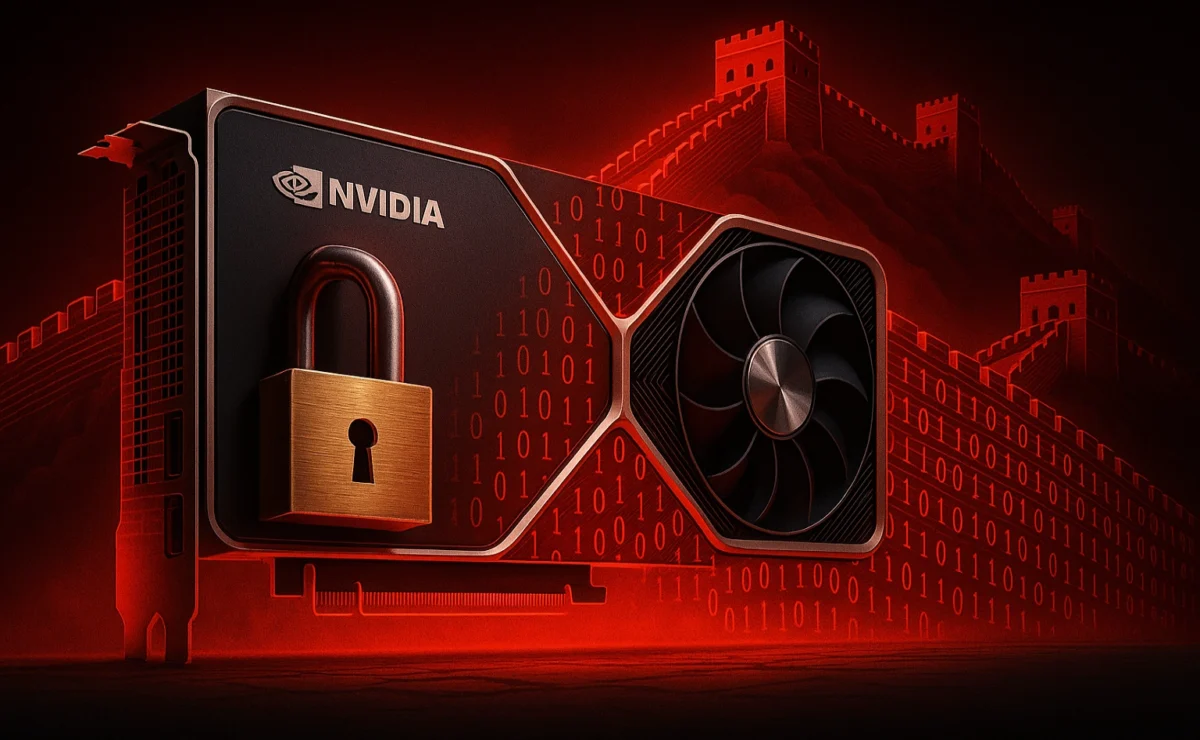Earlier this week, reports emerged that China’s regulators have barred major domestic tech firms from purchasing Nvidia’s most advanced AI chips, marking a new phase in the semiconductor standoff. According to the Financial Times, the order affects companies such as Alibaba and ByteDance, effectively halting access to key processors used for training large AI models (FT).
The phrase “all Nvidia chips” is misleading, however. The restrictions are selective — targeting cutting-edge GPUs — but they still carry huge consequences for Nvidia, Chinese AI firms, and global tech geopolitics.
What the Ban Covers — and What It Doesn’t
China’s ban applies to Nvidia’s AI-focused chips, including the H20 and the China-specific RTX Pro 6000D. Reports from Tom’s Hardware note that affected companies were ordered to cancel ongoing tests and suspend future purchases (Tom’s Hardware).
This is not a blanket ban on every Nvidia product. Older or less powerful models — those not considered “strategic” — could still enter China through existing trade channels. The move is less about cutting all ties and more about forcing reliance on domestic alternatives.
Why Beijing Is Tightening Control
- Boosting Domestic Chips
China has been investing heavily in local firms such as Cambricon Technologies, which design AI accelerators. The restrictions are meant to give these companies space to grow in a market long dominated by Nvidia (Wikipedia – Cambricon). - Geopolitical Leverage
U.S. regulators have already placed limits on which advanced chips Nvidia can sell to China, citing security concerns. The new ban is partly a countermeasure, reinforcing Beijing’s strategy of self-reliance (US Export Controls). - Security & Trust
Authorities have hinted at worries about foreign “backdoors” in imported chips. AP News reported that Nvidia was summoned by regulators over potential vulnerabilities in its China-specific H20 line (AP News).
The Risks of Cutting Out Nvidia
While the ban strengthens local industry, it comes with risks:
- Performance Gaps: Domestic GPUs still lag behind Nvidia’s best models in efficiency and software ecosystem support.
- Innovation Slowdown: Removing Nvidia could raise costs and delay AI projects.
- Workarounds: History shows that restrictions often fuel grey-market imports and creative bypasses.
- Global Tensions: Nvidia may reduce future collaboration or shift focus to other markets.
Nvidia CEO Jensen Huang recently dismissed Chinese chipmakers as being only “nanoseconds behind” in performance, underscoring the competitiveness gap and the sharp rhetoric around the issue (Tom’s Hardware).
What Happens Next?
Nvidia could pivot toward:
- Software platforms, which may still reach Chinese markets.
- Chip redesigns that comply with local and U.S. restrictions.
- Partnership models, similar to Alibaba’s recent collaboration with Nvidia on AI software, which sidesteps direct hardware sales.
Beijing, meanwhile, will push aggressively to scale up domestic alternatives — but bridging the gap with Nvidia may take years.
Frequently Asked Questions (FAQs)
Q1: Does this mean all Nvidia chips are banned in China?
No. The restrictions apply to advanced AI GPUs used by large tech firms. Older and less capable chips may still be available.
Q2: Will Nvidia lose its entire Chinese market?
Not necessarily. Nvidia may maintain a presence through software, partnerships, or redesigned chips.
Q3: How will this affect China’s AI sector?
It may slow in the short term but could accelerate the growth of local chip firms, reducing dependence on foreign suppliers.
Conclusion
The claim that “China bans all Nvidia chips” oversimplifies the situation. The ban is strategic, not absolute — aimed at cutting reliance on Nvidia’s AI hardware while nurturing domestic innovation. But the trade-off could be slower progress in the near term, with ripple effects across the global semiconductor race.
Key Takeaway: The ban is targeted — not total — but it signals how deeply tech and geopolitics are now intertwined.
Last Updated on October 18, 2025 by Lucy




